AModernism
The coming RepRap movement in Art and Design
Engineers, scientists and mathematicians created the industrial revolution.
Then, a century later, the arts devised a style unique in history - Modernism. Modernism is the art of the industrial revolution's machines - form following function where the only functions available are the rectilinear ones of the tool slideway and the optical straight of a theodolite's line-of-sight. For Modernist design the function that form follows is not that of the design in use, but that of the way it was made.
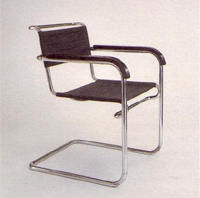
|
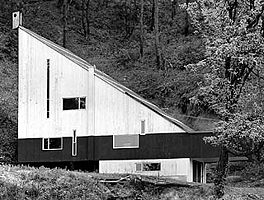
|
Ideas (and styles are ideas) are startling and original, then they are irritating clichés, then they are unnoticed parts of the language. Modernism became a cliché when mildly desperate practitioners found it necessary to overlay it with irony and to preface it with "post-". Now it is just a weightless word, is used by everyone, and has become the default. The products of the 21st century electronics industry are the apotheosis of Modernism, but are styled without the stylists knowing what cities the Staatliches Bauhaus visited nor whom Walter Gropius might have been.
Painting embraced Modernism then moved on very quickly. Indeed, it is possible to produce a trenchant argument that the first and last Modernist painting movement was cubism.
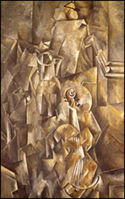
|
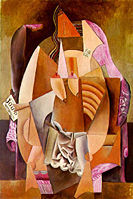
|
But Modernism has stuck in styling and design for a long time after fine art had exhausted its possibilities. The reason for this is mainly economic: Modernist design is cheap to make; it is, after all, the style that had its genesis in manufacture using simple automated machines.
In contrast, almost every previous movement in art and design had aped the complicated forms of biology, like the enhanced literalism of Grinling Gibbons or the elegant partial abstractions of Yellow-Book-period Art Nouveau.

|
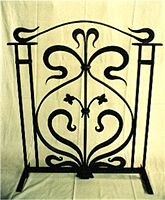
|
Biology is notable for many important things, such as Darwinian evolution and its planet-shaping power. A notability of lesser importance - but relevant in this context - is that biological organisms are machines of an intricacy undreamed of by James Watt or Intel, but without a single straight line between all of them.
Outside the design of physical objects (which is still dominated by the tail-end of Modernism) what is today's most prevalent and influential artistic style? It is the CGI special effects used for cartoons and science fiction cinema.

|

|
These images are dominated by their method of generation, which is to define algorithms for creating three-dimensional shapes and textures, and then to let them play themselves out under the control of an artist, but without human decisions being made on every detail. This process is very closely analogous to biological development, in which genetic rules are played out to create phenotypes.
Up until now, design has not been able to follow this art because most manufacture and production is still tied to the rectilinear constraints of conventional automated machine tools and processes.
But the RepRap project aims to put digital additive manufacture in everybody's hands, and one of the defining characteristics of digital additive manufacture is that complexity is free. If you can create a very complicated three-dimensional shape easily (and the CGI effects show that we can) then the machines can make it equally easily.
Modernism is at an end. And biology is on its way back into design.
-- Main.AdrianBowyer - 28 Jun 2006
